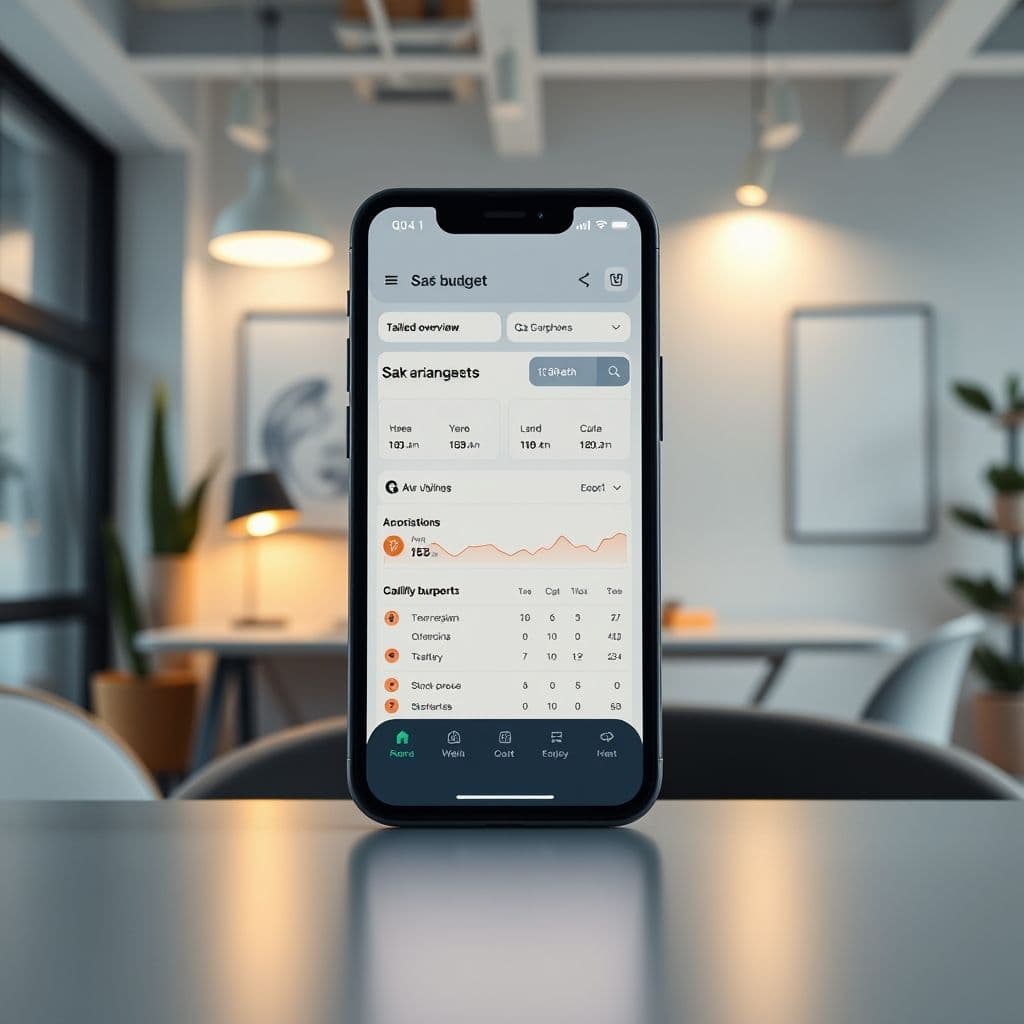Realistic Budgeting for Low-Income Earners: A SaaS Solution Idea

Budgeting is a universal challenge, but for low-income earners, it's an even steeper uphill battle. Traditional budgeting tools often fail to account for the realities of living paycheck to paycheck, leaving many feeling discouraged and overwhelmed. In this article, we explore the pain points of low-income budgeting and propose a hypothetical SaaS solution designed to bridge this gap.
The Problem: Unrealistic Budgeting for Low-Income Earners
Many budgeting tools and savings plans are designed with middle to high-income earners in mind, setting unrealistic goals that don't align with the financial realities of low-income individuals. Comments like 'I get paid $570 a fortnight 😭' and 'I don’t even make $800 in 2 weeks' highlight the frustration and disconnect. The issue isn't just about income levels; it's about the lack of tools that adapt to varying pay cycles, unexpected expenses, and the high cost of living that consumes most of their earnings.

SaaS Solution Idea: Flexible Budgeting for Real People
Imagine a SaaS platform that starts by understanding your exact income, pay cycle, and non-negotiable expenses before suggesting any savings plan. This tool would dynamically adjust recommendations based on real-time financial data, offering micro-saving strategies that don't require setting aside hundreds of dollars each week. Features could include customizable budget templates, expense tracking with alerts for overspending, and community-driven tips from others in similar financial situations.
The key differentiator? This tool wouldn't shame users for not meeting lofty savings goals but instead celebrate small, achievable milestones. It could integrate with banking apps to provide a holistic view of finances, offering suggestions like 'If you skip one coffee this week, you’ll save $5 towards your emergency fund.'

Potential Use Cases
This tool could be a game-changer for gig workers with irregular incomes, part-time employees, or anyone whose earnings fluctuate month to month. For example, a user earning $500 weekly could receive tailored advice on allocating funds for rent, utilities, and groceries before suggesting a realistic $20 weekly savings goal. Another use case could be helping users understand and optimize their fortnightly pay cycles, a concept that many find confusing, as highlighted by comments like 'What’s fortnightly???'
Conclusion
Budgeting shouldn't be a privilege reserved for those with disposable income. A SaaS tool designed with empathy and flexibility could empower low-income earners to take control of their finances without feeling defeated by unrealistic expectations. While this idea is purely hypothetical, it addresses a clear gap in the market and could inspire developers to create more inclusive financial tools.
Frequently Asked Questions
- How feasible is it to develop a budgeting SaaS for low-income earners?
- Technically, it's entirely feasible with modern banking APIs and user-friendly design principles. The challenge lies in ensuring the tool remains affordable and accessible to its target audience, possibly through a freemium model with essential features free to use.
- What makes this SaaS idea different from existing budgeting apps?
- Most apps assume a certain level of financial flexibility. This idea prioritizes adaptability, celebrating small wins, and providing strategies that work within tight budgets, making financial planning less intimidating and more achievable.


